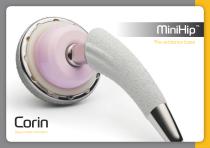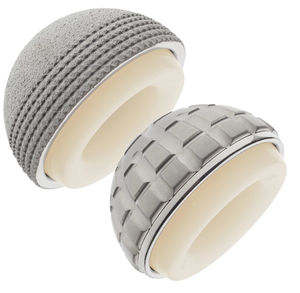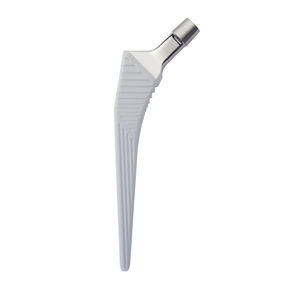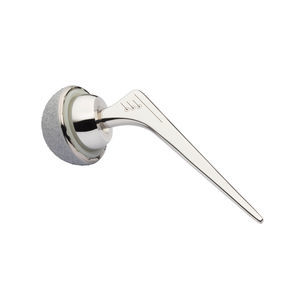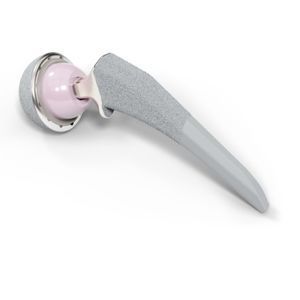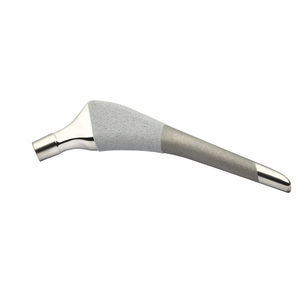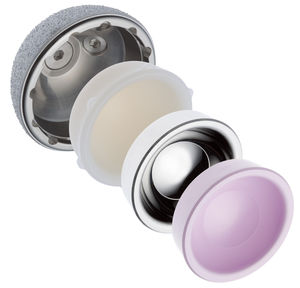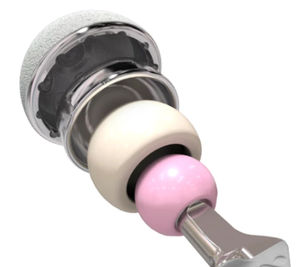
Minimally invasive hip prosthesis MiniHip™cementless

Add to favorites
Compare this product
Characteristics
- Surgical application
- minimally invasive
- Fixation type
- cementless
- Femoral stem length
79.5 mm, 117.5 mm
(3.13 in, 4.63 in)- Femoral stem offset
32.2 mm, 41.4 mm
(1.27 in, 1.63 in)
Description
Today’s conventional hip implants were designed for yesterday’s patient. Are we being conservative enough for today's patients? With clinically proven results1, MiniHip is designed to enable the restoration of multiple anatomies and is an ideal solution for active patients.
Conserving bone
MiniHip is designed to provide the bone preserving benefits of hip resurfacing with the stability of traditional total hip replacement.
With MiniHip, typically a mid-neck resection is defined from the centre of rotation resulting in:
Trochanter conservation
Neck preservation
Diaphyseal sparing
MiniHip aims to preserve significantly more bone stock in the femoral neck, helping promote more natural, physiological loading.
PRESERVING SOFT TISSUE
Although suitable for all approaches, the MiniHip stem shape allows it to be implanted via the Direct Anterior Approach and thus is designed to be less invasive to soft tissues.
It follows natural anatomy by going ‘around the corner’ of the calcar.
Specialised DAA instrumentation can be used in conjunction with the MiniHip system to implant via minimally invasive procedures – DAA specialised table is also available.
Restoring biomechanics
The size and shape of the stem, coupled with the retention of the femoral neck enables restoration of the biomechanics of multiple anatomies:
Neck resection preserves bone in the calcar region.
Offset, leg length and CCD reproducibility4.
Restores anteversion by retaining a portion of the femoral neck.
VIDEO
Catalogs
MiniHip™ - The evidence base
16 Pages
MiniHip - design rationale
16 Pages
MiniHip™ - product overview
12 Pages
Related Searches
- Femoral stem
- Knee prosthesis
- Acetabular prosthesis
- Cementless femoral stem
- Press-fit acetabular prosthesis
- Hip prosthesis
- Cemented femoral stem
- Femoral head prosthesis
- Primary hip prosthesis
- Revision knee prosthesis
- Mobile-bearing knee prosthesis
- Press-fit hip prosthesis
- Cemented knee prosthesis
- Cemented hip prosthesis
- Minimally invasive femoral stem
- Minimally invasive hip prosthesis
*Prices are pre-tax. They exclude delivery charges and customs duties and do not include additional charges for installation or activation options. Prices are indicative only and may vary by country, with changes to the cost of raw materials and exchange rates.


